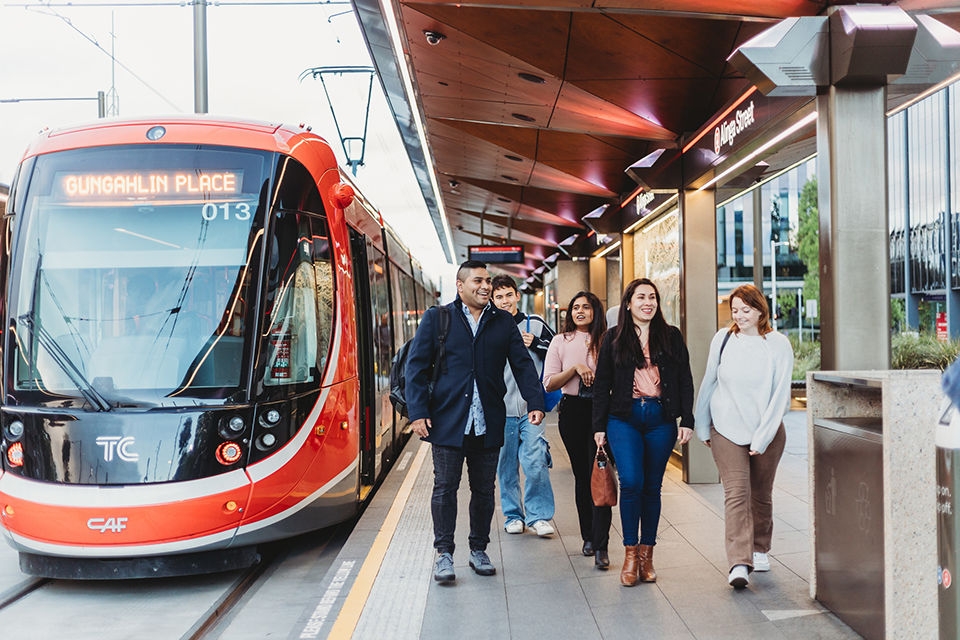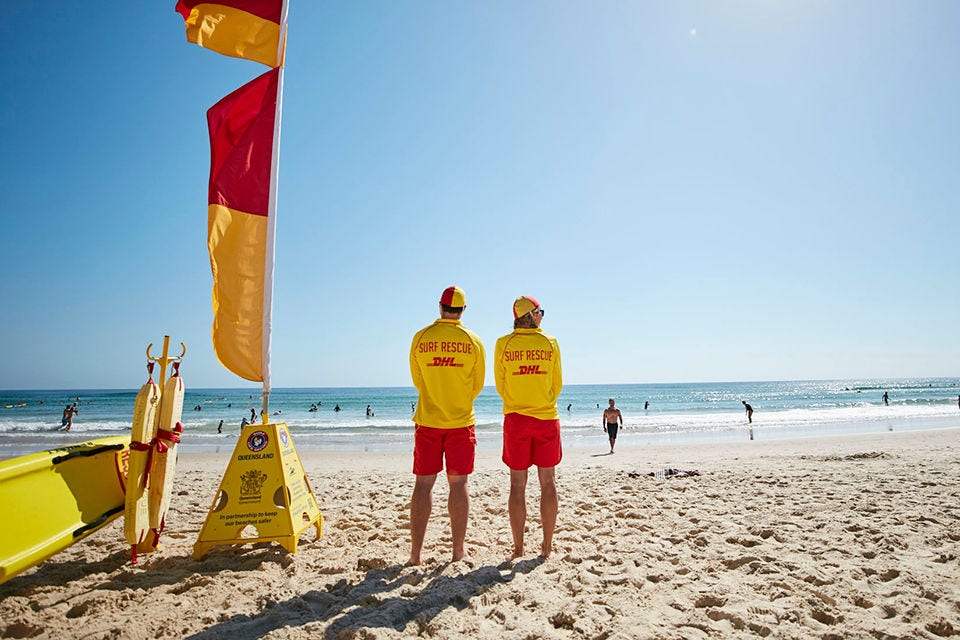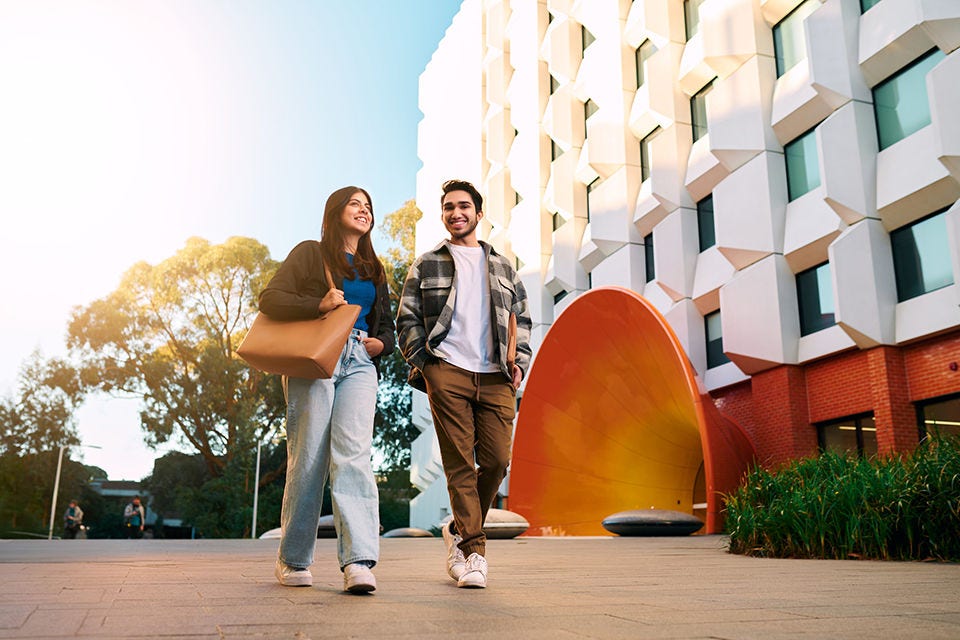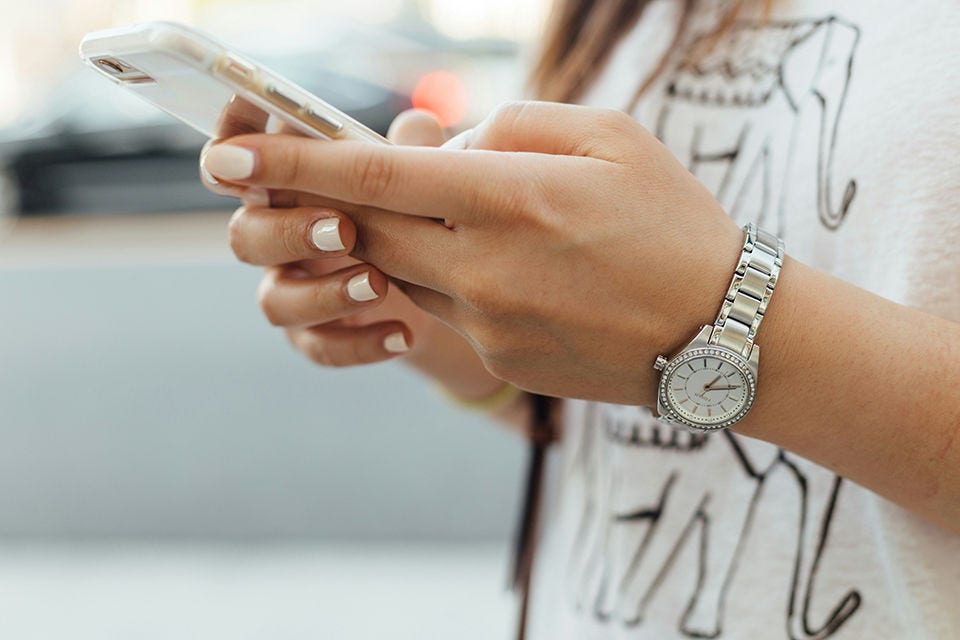
Bus, train, tram and ferries
Public transport can be a great way to get around in Australia. There are lots of measures in place to help keep you safe. These include security officers, guards, help points, good lighting and security cameras.
Follow the below tips to stay safe on buses, trains, ferries and trams.
- If travelling at night, plan to travel with someone you know.
- If travelling alone by train or tram at night, choose the carriage closest to the driver or guard.
- Inform the driver if you’re feeling threatened by others.
- Tell a friend your travel route and let them know when you have arrived.
- At night, wait for transport in a well-lit area with CCTV (security) cameras.
- Check transport timetables to avoid long waits, particularly at night.
Taxi or rideshare services
Taxis are often the first choice of transport when you arrive in Australia. Rideshare services, such as Uber, are also available. Taxis and rideshare are generally safe in Australia.
Follow the below tips to stay safe in taxis or rideshare services:
- Share your location and destination with a friend.
- Use a taxi rank where possible. These are usually found in busy areas of the city.
- Make sure the taxi is registered. It should say "taxi" on the car and have the driver's photo and details on the dashboard.
- Sit in the back seat.
- Always wear a seat belt.
- For rideshare trips, make sure the vehicle and driver identity match what’s displayed in your app .
There are different rules across the states in Australia for travelling in a taxi with children using a car seat. For more information, see Raising Children Network Car Safety.
Driving and riding on Australia’s roads
Driving or riding a motorbike may be an option to help you get to and from where you live, study or work.
Make sure you check you have the correct driver's licence before you drive a car or motorbike.
- If you have a full Australian driver's licence, you are allowed to drive in Australia.
- The rules for driving with a foreign licence vary depending on which state or territory you live in. You can check the licensing rules in your state or territory here.
Most importantly, Australians drive on the left-hand side of the road. When driving on Australia’s roads, always remember to:
- Wear your seatbelt. Fines apply for both the driver and passenger not wearing a seatbelt.
- Give way to the right at roundabouts and intersections.
- Don’t use your mobile phone while driving, even when stopped at traffic lights. Harsh fines and penalties apply.
- Don't drive under the influence of alcohol or drugs. Police conduct random breath and drug tests in Australia. The blood alcohol limit for drivers is 0.05. For those on a learner permit (L plates) or a probationary licence (P1 or P2 plates), the blood alcohol limit is 0.00.
- Drive at the speed limit at all times. Speed limits vary from 40 km/hr near schools to 100 km/hr or 120 km/hr on highways. Driving over the speed limit can lead to expensive fines.
- Check parking signs carefully - only park for as long as the sign allows. Otherwise, you could receive a fine.
Bicycle, scooter, e-scooter or e-bike
Riding a bicycle or scooter can be a good way to get around.
Cycling laws are different in each state. However, the following rules apply all over Australia:
- Wear a helmet.
- Use bicycle lanes when available.
- Follow the same road rules as drivers.
- Ride no more than two people side-by-side.
- Have a front light, a rear light, reflectors on your wheels and pedals and a bell.
Make sure you research the cycling rules for your state or territory to avoid any accidents or fines.


